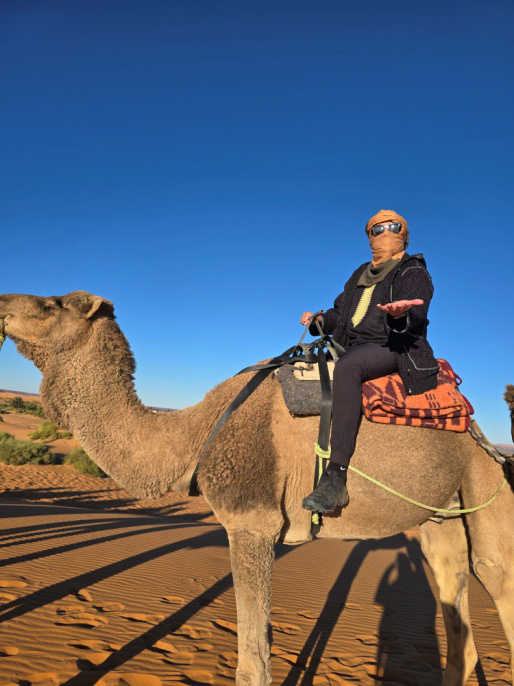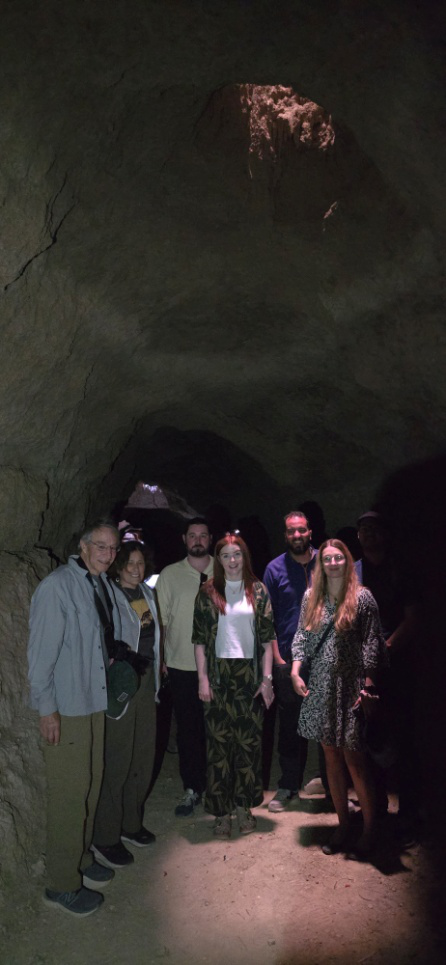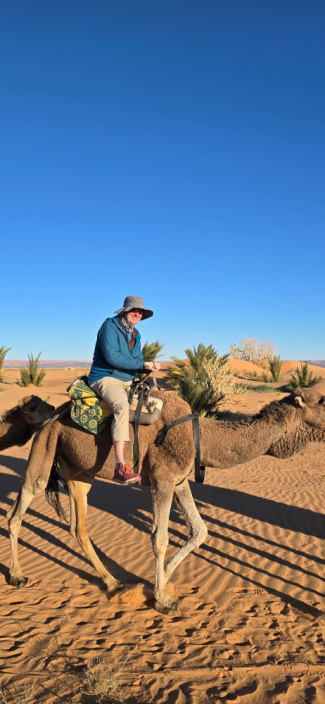Trekking in the High Atlas Mountains is an incredible adventure that offers breathtaking landscapes, rich culture, and an unforgettable experience. However, with its challenging terrain and varying weather conditions, proper preparation is essential to make the most out of your trek while ensuring your safety and comfort.
Here are some crucial tips for trekking in the High Atlas Mountains, from preparation steps to recommended gear and how to stay safe on the trails.
Plan Ahead and Know the Terrain
The High Atlas Mountains in Morocco offer stunning trekking opportunities, with routes ranging from moderate hikes to challenging climbs. Popular treks include Mount Toubkal, North Africa’s highest peak, and the Tizi n’Tichka Pass.
Before heading out, research trails, study maps, and check weather patterns to prepare for potential hazards like rockfalls and river crossings. Choose a trek that matches your fitness level and experience for a safe and enjoyable adventure.
Get Physically Prepared
Trekking in the High Atlas Mountains requires a good level of physical fitness. Although some trails are accessible to beginners, others demand endurance and strength. Regular cardiovascular exercises like hiking, running, or cycling will help improve your stamina. Additionally, strength training, especially for your legs and core, will help you manage uphill climbs and uneven ground.
Before your trip, try hiking on varied terrain to mimic the conditions of the High Atlas Mountains. Gradually increase your hiking distances to build endurance, and incorporate activities that improve balance and flexibility to tackle rough trails.

Acclimatize to the Altitude
Altitude sickness is a common issue in high mountain regions like the High Atlas Mountains, especially for those trekking at elevations over 3,000 meters (10,000 feet). The High Atlas Mountains have several peaks that exceed this altitude, with Mount Toubkal rising to 4,167 meters (13,671 feet).
To avoid altitude sickness, allow your body to acclimatize before embarking on higher climbs. Spend a few days at a moderate altitude (around 2,000 meters or 6,500 feet) and gradually ascend. Stay hydrated and avoid alcohol or heavy meals to reduce your risk of altitude-related issues. If you begin to feel unwell, descend to a lower altitude immediately.
Pack the Right Gear
Proper gear is crucial to ensure both comfort and safety while trekking in the High Atlas Mountains. The weather can be unpredictable, with cold mornings and nights as well as sunny and hot days. Here’s a list of essential gear for your trek:
- Footwear: Invest in sturdy, comfortable hiking boots that provide ankle support and traction for rocky, uneven terrain.
- Clothing: Layering is key. Pack moisture-wicking base layers, an insulating mid-layer, and a waterproof outer layer. Don’t forget a hat, sunglasses, and gloves, especially for higher altitudes.
- Backpack: Choose a backpack that’s comfortable and provides enough space for your essentials. A hydration system or water bottle is also important to stay hydrated throughout the hike.
- Sleeping Bag and Tent: If you plan to camp, ensure you have a high-quality sleeping bag rated for colder temperatures and a durable tent to shield you from the elements.
- Food and Snacks: High-energy, lightweight snacks like nuts, granola bars, and dried fruit will keep you fueled throughout the trek.
Stay Hydrated and Nourished
Dehydration is one of the most common issues trekkers face, especially in the dry and often hot conditions of the High Atlas Mountains. Make sure to carry enough water to stay hydrated throughout the trek. Bring a water purification method (such as tablets or a filter) in case you need to refill from natural water sources.
In addition to hydration, proper nutrition is essential for energy. Pack lightweight, high-energy foods like trail mix, energy bars, and jerky. You’ll need plenty of fuel to tackle the challenging climbs, and having snacks readily available can keep your energy levels stable.
Know the Weather and Dress Accordingly
The weather in the High Atlas Mountains can change rapidly, even in summer, with significant temperature drops at higher altitudes. Check the forecast before trekking and pack a waterproof jacket, extra layers, and a hat or scarf. Protect your skin from the intense sun with high-SPF sunscreen and reapply regularly to avoid sunburn.

Understand the Local Culture and Environment
Discover vibrant Berber villages in the stunning High Atlas Mountains, reflecting Morocco’s rich cultural heritage. Honor local customs by asking permission before taking photos, and embrace the leave-no-trace principle as you explore. Stay on marked trails and be mindful of wildlife to appreciate the diverse natural beauty fully. Your journey will deepen your connection to both culture and nature—enjoy every moment! Protecting this delicate ecosystem is key to preserving its beauty for future trekkers.
Trekking with a Guide vs. Solo Trekking
If you’re new to trekking in the High Atlas Mountains or unfamiliar with the region, it’s a good idea to hire a local guide. A guide will not only help navigate the trail but can also provide valuable insights into the local culture, history, and wildlife. They are also a great resource for emergency situations and can help keep you safe. If you choose to trek solo, ensure you are highly prepared and familiar with the trail. Always inform someone about your trekking route and expected return time.
Safety Tips for Trekking in the High Atlas Mountains
Safety should always be a top priority when trekking in the High Atlas Mountains. Here are some key safety tips:
- Stick to the trail and avoid taking shortcuts, as this can lead to dangerous areas or getting lost.
- Trek with a buddy if possible. There’s strength in numbers, and having someone by your side can make a difference in case of an emergency.
- Know your limits, and don’t push yourself too hard. Take breaks when needed and listen to your body.
- Learn basic first aid and carry any necessary medications. Carry a first-aid kit and be prepared for minor injuries.

Enjoy the Experience
While trekking in the High Atlas Mountains requires proper planning and preparation, it’s also an opportunity to connect with nature, challenge yourself physically, and immerse yourself in Morocco’s stunning landscapes. Take time to enjoy the beauty around you, whether you’re gazing at the snow-capped peaks, watching the sunset over a mountain pass, or learning about the traditions of the Berber people.
The experience of trekking in the High Atlas Mountains will stay with you long after your journey is over, offering a sense of accomplishment and a deeper appreciation for the natural world.
Wrapping Up
Trekking in the High Atlas Mountains offers an unforgettable adventure, whether you’re tackling the Mount Toubkal trek or exploring the rugged terrain. With the right preparation and expert advice from Morocco-guided tours, Omar Adventures is here to make your dream journey a reality; you’ll be ready for a safe and memorable experience.
Afterward, consider extending your adventure with a desert tour from Marrakech or a camel trek in Morocco to experience the beauty of both mountains and desert.
Contact us today to start planning your unforgettable adventure, and let us guide you through the wonders of Morocco.



